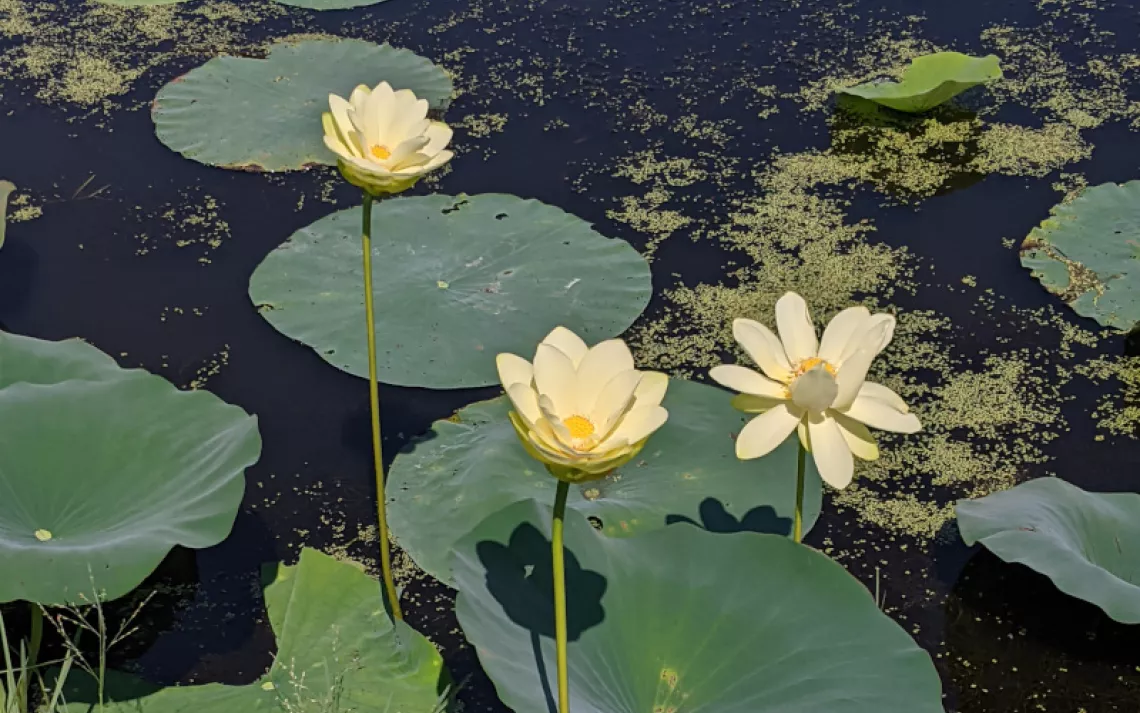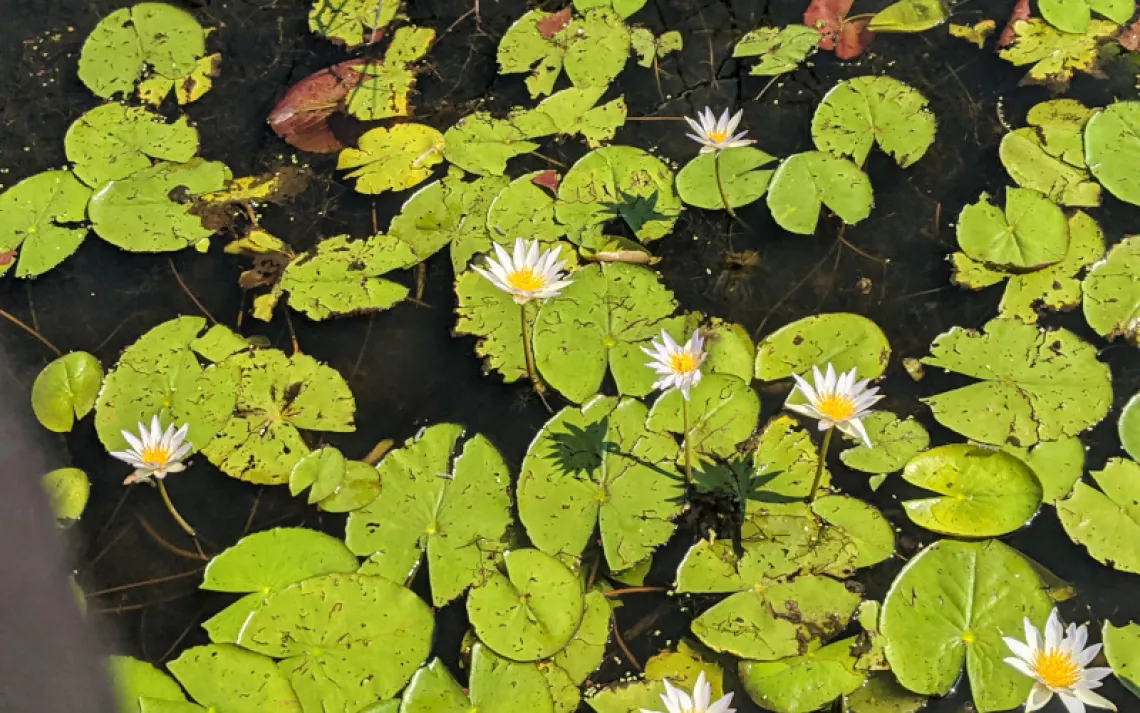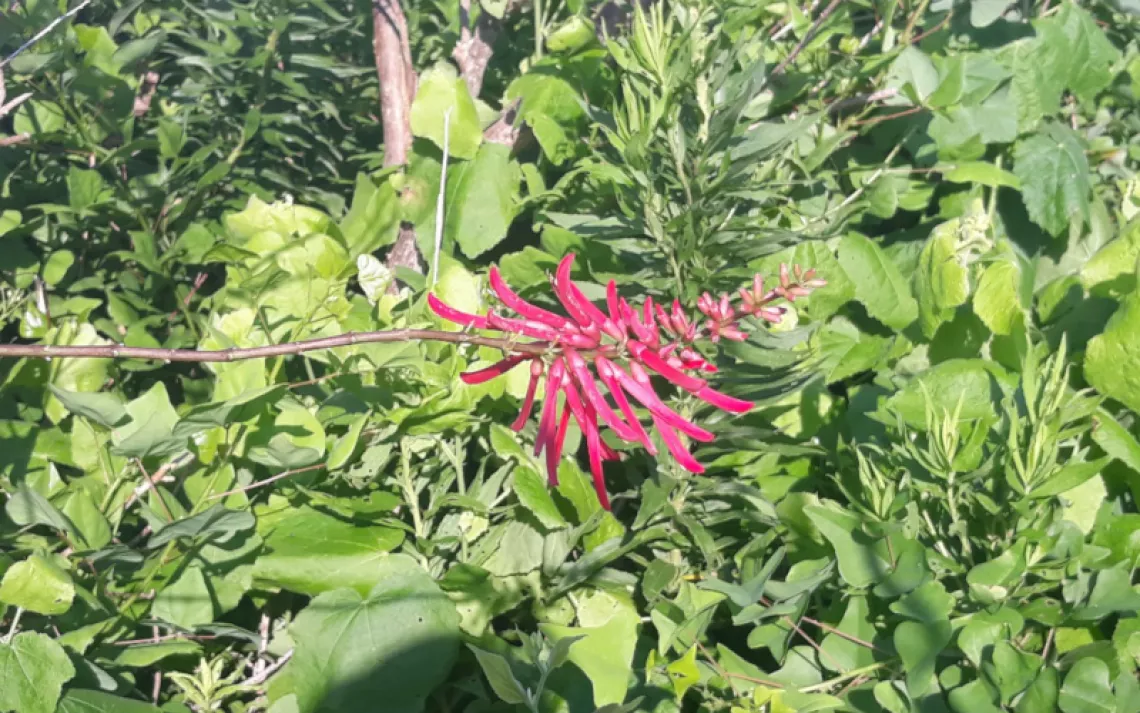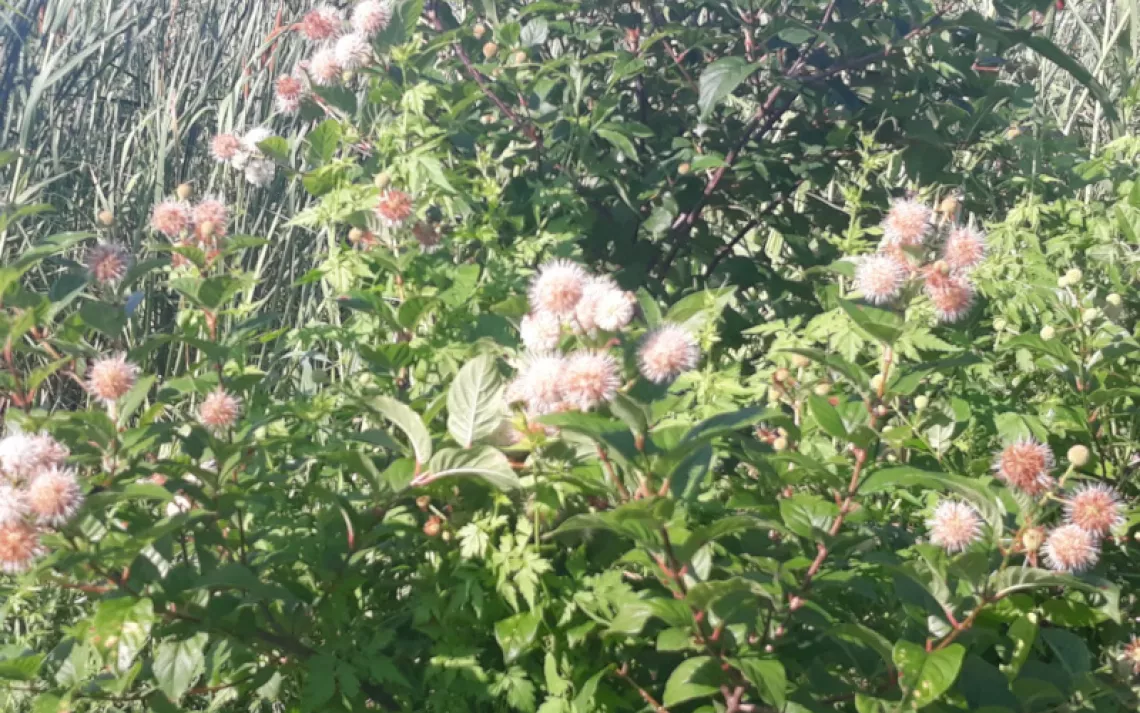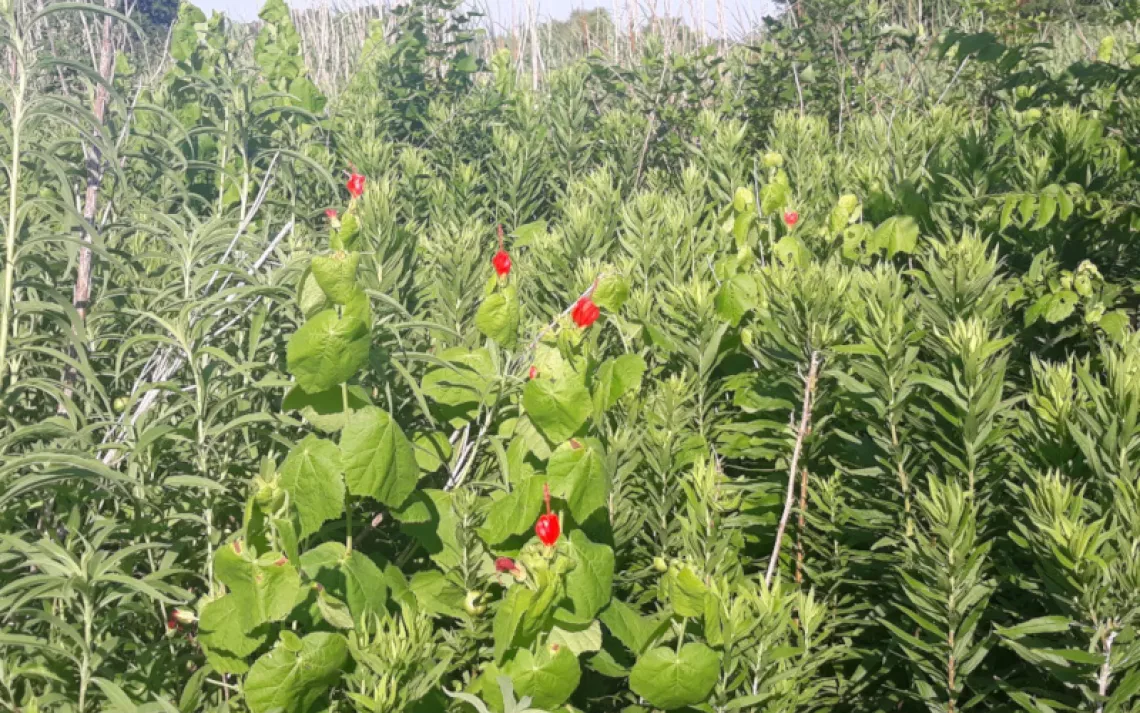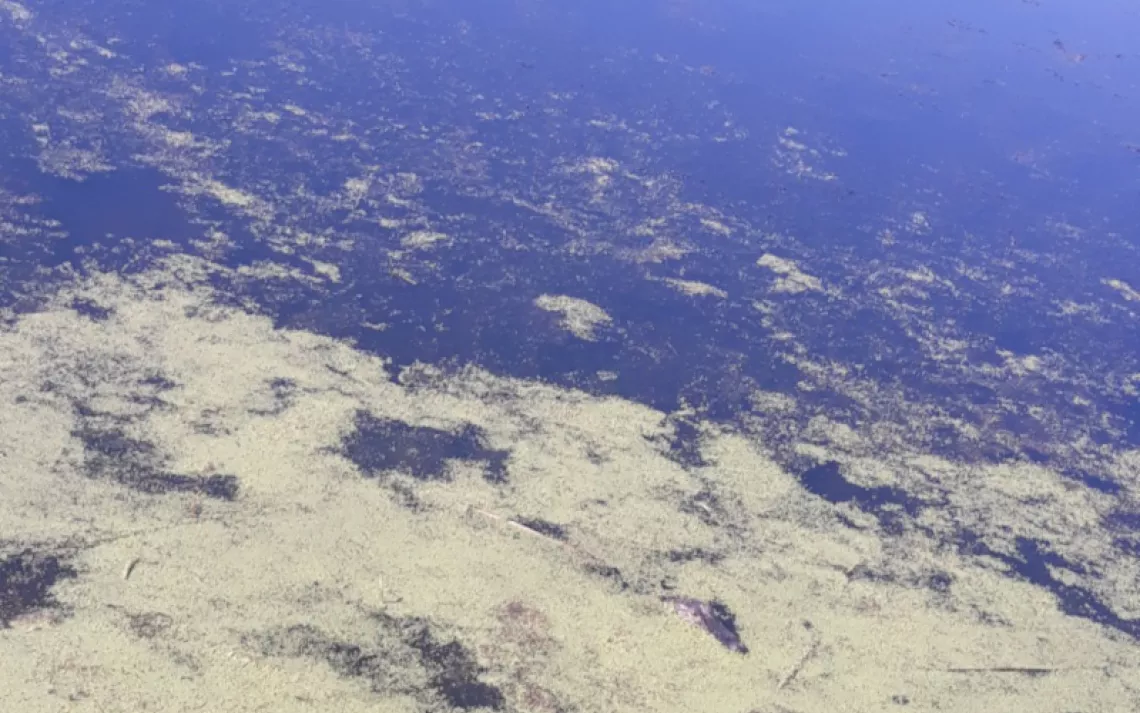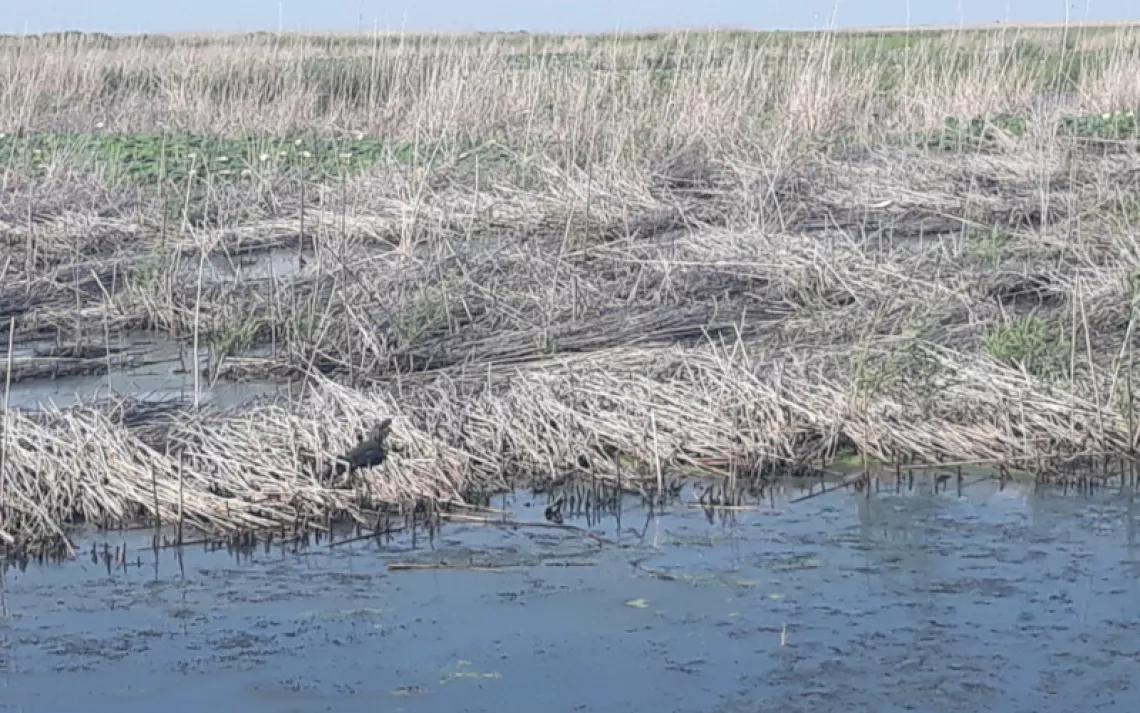By Brandt Mannchen
Recently, I visited Anahuac National Wildlife Refuge (ANWR) to get away from the cares of everyday life, Covid, and my volunteer life as a Sierran. It makes a difference to see what you fight for and know that you have played a small role in protecting those places.
Summer at ANWR is usually not the best time to visit this over 40,000-acre Refuge on East Bay in Chambers County. It’s hot with lots of flying critters that want to get close and personal with you, if you know what I mean. But Summer unveils the magic of ANWR in other ways. This I have found from personal experience in the past!
I turned off FM 1985 and drove to the entrance of ANWR. Along the road right-of-way I saw nine different birds. Cattle Egret, Mourning Dove, Black-bellied Whistling Duck, Northern Mockingbird, Eastern Kingbird, Boat-tailed Grackle, Black and Turkey Vultures, and Red-winged Blackbird. The birds were out and about this morning. I thought to myself, not bad for a non-birder in Summer.
David had not been able to come this time, but I met Naomi at the gazebo where we saw honeybees nesting within its’ timbers busily coming and going. The pond and butterfly garden were being dive-bombed by Barn Swallows. The Coral-bean, Turk’s Cap, morning glories, mallows, Buttonbush, and other flowers in the butterfly garden were blooming and made a great front door to the cattail and Water Primrose lined pond in the background.
I took a short road to a parking turn around where many people launch their boats to fish or hunt. Swallows were resting on the pavement of the turnaround. Big, beautiful, white, mallows with crimson centers welcomed us up the road and beautiful, but unwanted Water Hyacinths floated in rafts on green bladders in bloom with purple flowers.
Then I turned onto the road toward Shoveler Pond. We drove past The Willows Trail and circulated on Pond Road. Immediately we began to see many Black-bellied Whistling Ducks ascend and descend in the marshes just beyond the canals that surrounded the road. Great Egrets fished and Common Gallinules chattered in the marsh and cane thickets on the water.
Two Double-crested Cormorants welcomed us to the delights of Pond Road. Occasional Black-necked Stilts could be seen hunting in the distance and American Coots and a pair of Blue-winged Teal floated and swam slowly in the green waters.
And then, there it was. The first American Alligator, hidden except for a snout in duckweed on the surface of those green waters. White Ibis and White-faced Ibis did not seem to care and fed in the marshes among the White Water Lilies and gorgeous, huge, pale yellow, Water Locus.
This is where we saw the first baby Common Gallinule. It was black and its feathers looked like fuzz on a puppy dog. It was sweet, cute, and destined to grow into a bird that can walk water lilies with ease in the deepest marsh.
I continued around Shoveler Pond via Shoveler Road. Bullfrogs croaked and Laughing Gulls sailed languidly over our heads. I stopped at the boardwalk. As we took photos of White Water Lilies there they were: an adult Purple Gallinule and several black, fuzzy, babies!
Later we saw several more Purple Gallinules and eyed three people watching them, one taking photos with a large telephoto lens. Tricolored Herons flew away in a relaxed fashion, as if to say, “I don’t need this kind of distraction.” Alligators kept surfacing, showed their heads, and swam in the channels between marsh plants.
I drove Cross Road and West Line Road and saw Meadow Larks and myriads of Fire-wheels (also called Indian Blankets). They blew in the wind, swirling yellow and red. Willets were everywhere walking and flying ahead of the car.
Finally, I drove down to East Bay via Frozen Point Road and looked at the marsh grass, protected by a line of large rocks, that had been used to protect the shoreline from erosion. The sky seemed limitless, and the sun burned bright with a soft breeze blowing inland.
The day was over, and Naomi left in her car, while I took one last look around. It had been a good day to get away and I was glad I did. You can’t go wrong when you visit Anahuac NWR, watch Purple Gallinules and American Alligators, and feel the breeze on your face.
Photos courtesy of Naomi D'Amours and Brandt Mannchen
